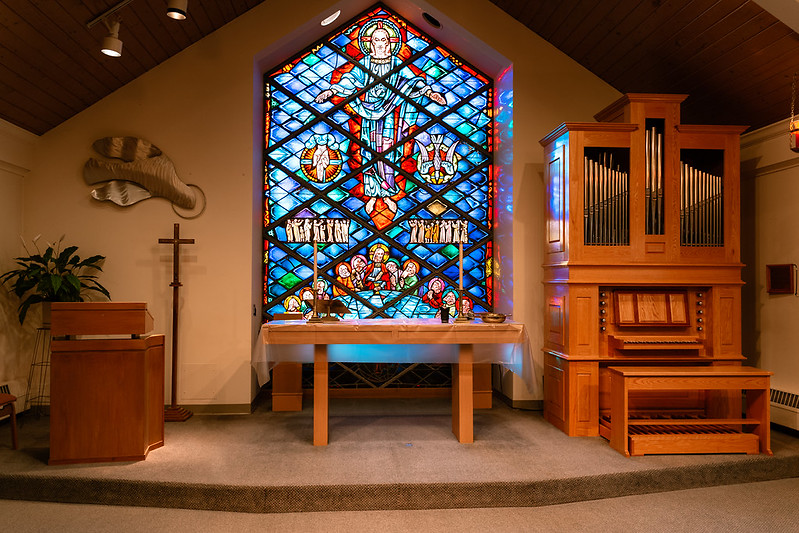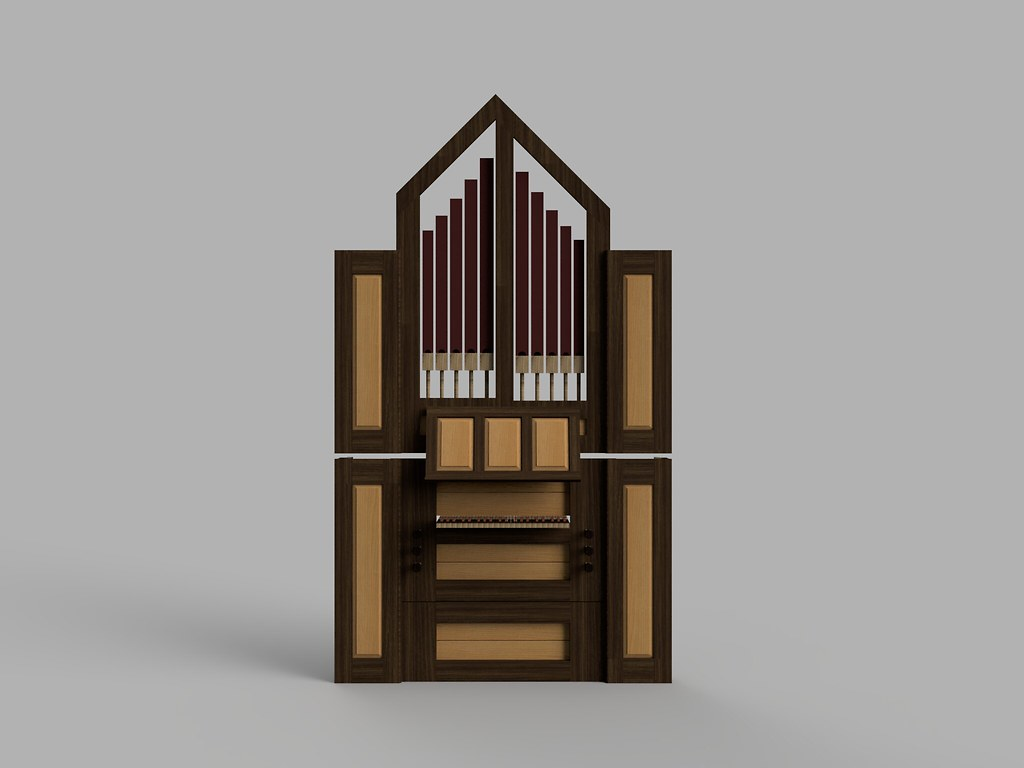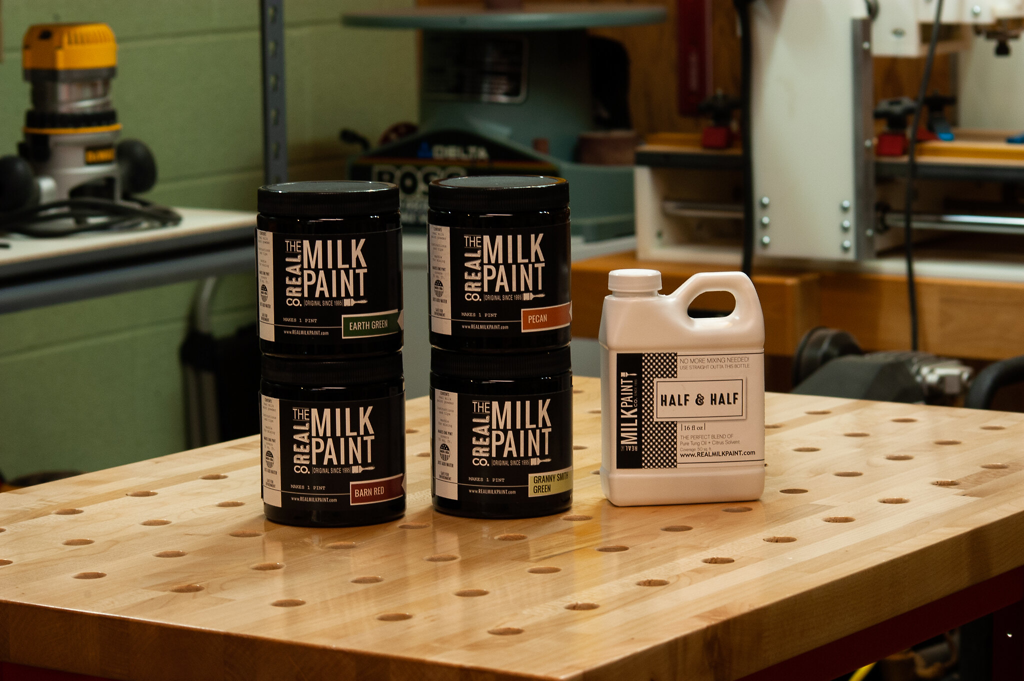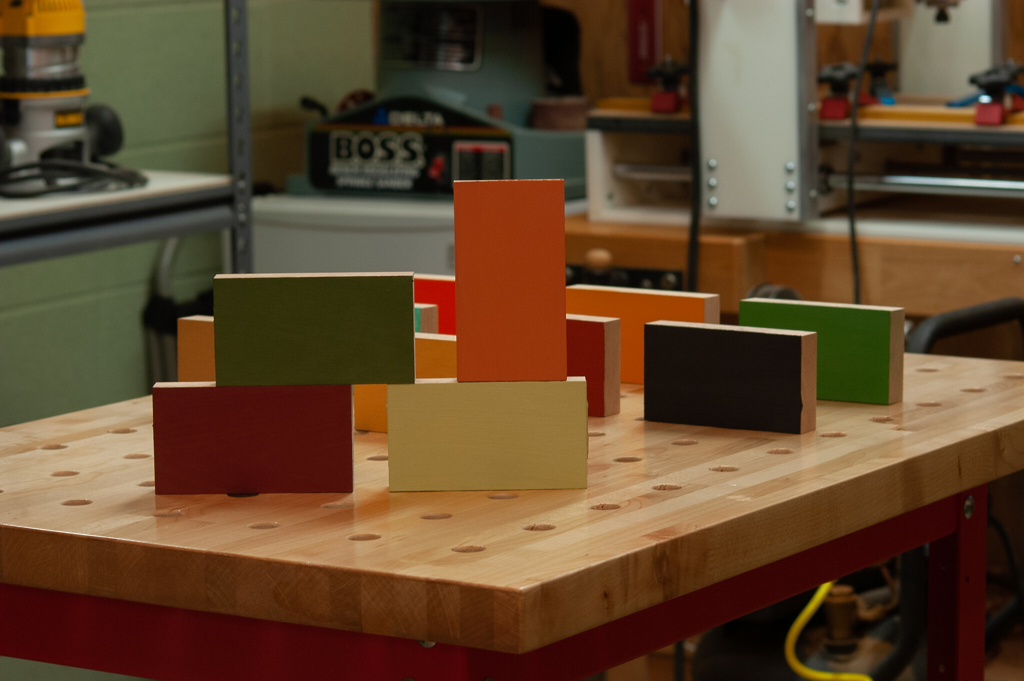Flexible Winding
![]() November 7, 2025 20:15
November 7, 2025 20:15
This is the sixteenth post in a blog where I conduct a design study focused on building a conceptual yet physically plausible organ for a Minneapolis church. The study uses pipes from their existing mid-industrial era gallery organ to explore possibilities for a 43-note continuo suited to this specific space. I draw on my familiarity with both the materials and the space, having served as an organist there for eight years.
I was searching around the internet and found a social media post about the Michigan church that commissioned the second organ I built as an independent builder. The church closed, and the building was razed two years ago. A local builder removed the organ before demolition. The photo included above was taken by Michigan resident Mike Henninger when the sign was still in place, but the church building had already been demolished.
I began designing my 43-note continuo concept shortly after seeing a post-pandemic course offered through the College of Design at the University of Minnesota titled “Design for a Disrupted World.” The 43-note answered my question about what would be the least organ built to provide the most capability. I knew what the organ needed to provide by what I’d seen my already-built instruments do for each space that commissioned them. I was also able to place a 43-note in those spaces mentally and ask if it would have been an appropriate choice, answering a definite yes each time.
The Michigan organ was Baroque Alsatian through and through. Stephen Archinal, the grandson of parishioners, took the photo shown above. The Michigan organ winding was intentionally unsteady, behaving much like the organ I played at St. Nikolai in Coppenbrügge, whose Wikipedia page can be found here. I took a photo of the St. Nikolai organ when I was there, but I’m including one from Wikipedia because it’s of higher quality than mine. I patterned the behavior of the Michigan organ's wind supply after my experience with the Echo division of the St. Nikolai organ. This is a sample recording of the Michigan organ. I think I got it right.
Of course, you want perfectly stable wind on an organ intended to play symphonic music. For the chamber organs I build, a more historically accurate wind system adds yet another dimension to the character of the music played on them. I initially planned to opt for a stable winding design on my 43-note instrument, but I began to reconsider some of my original ideas and still find them valid.
Posted November 7, 2025 20:15
Add Your Comment
Already signed up? Login.
Reuse and Recycle: The Story of a 43-Note Build
by Steve Panizza
Recent Blog Entries
Archive





